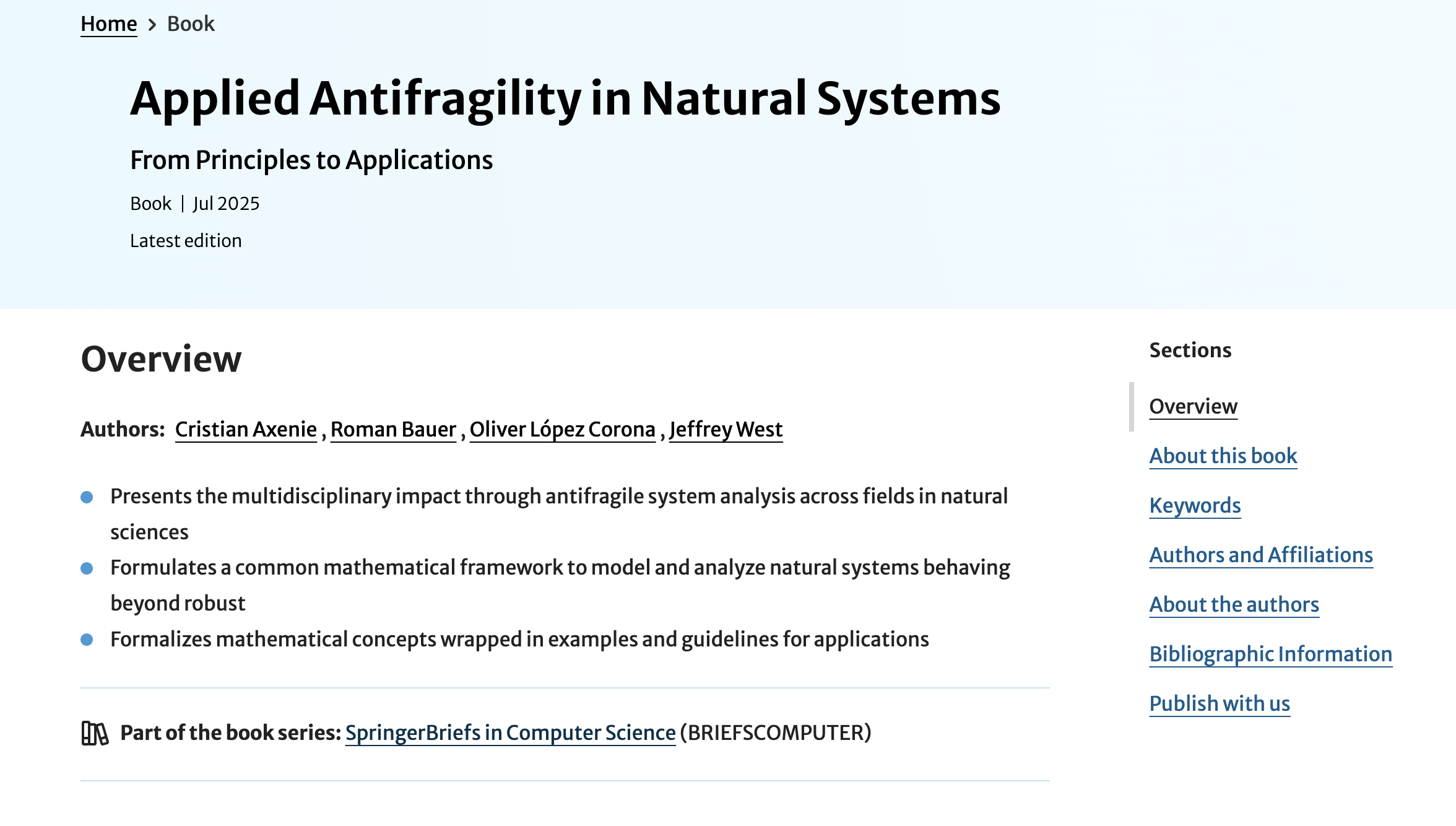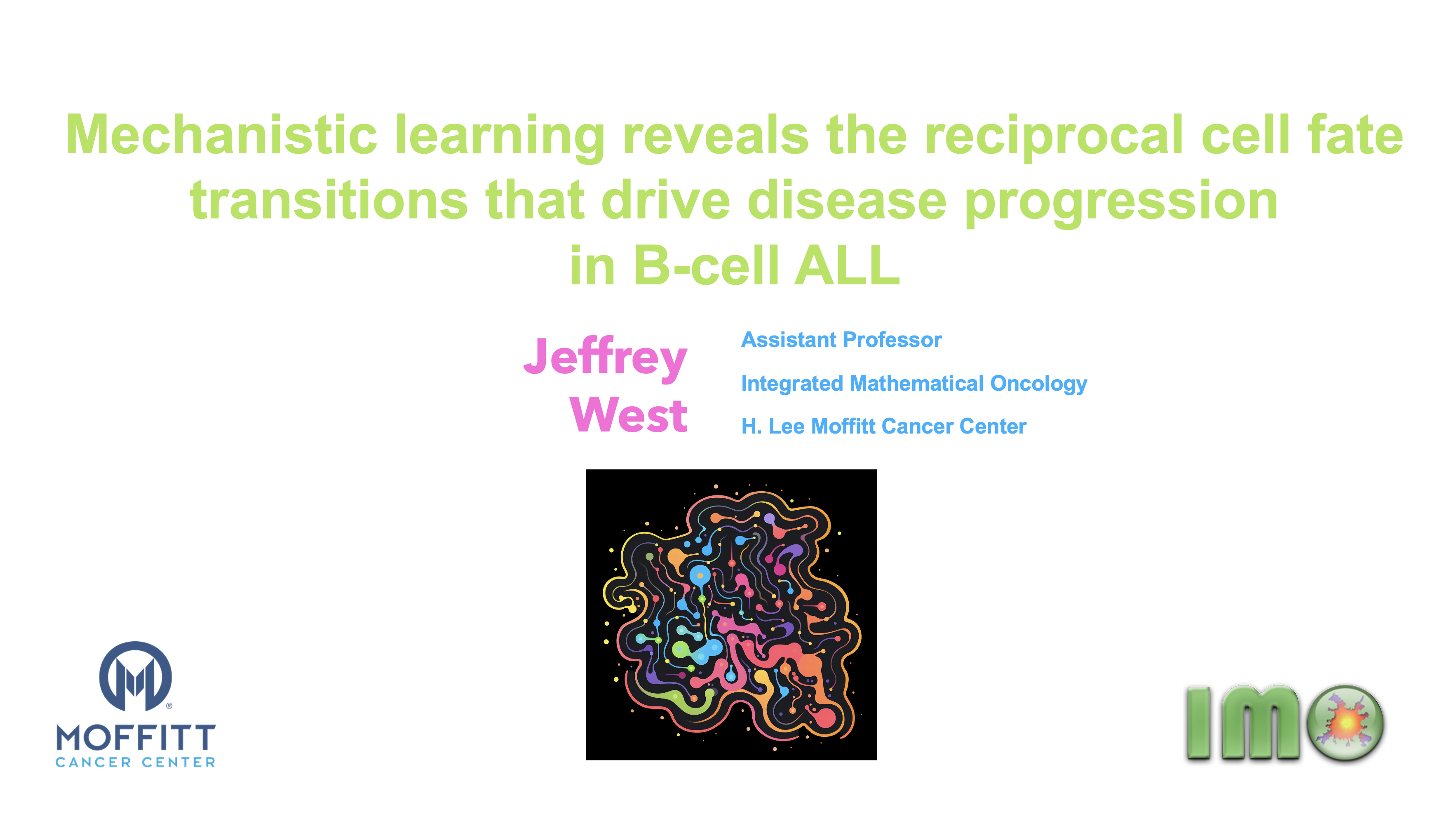Antifragility & convexity in dose response


Antifragility is a word originally coined to describe the opposite of fragility by Nassim Taleb. Systems or organisms can be described as antifragile if they derive a benefit from systemic variability, volatility, randomness, or disorder. Despite the ubiquity of dose response curves in biology, these curves are typically used to measure differential response in first-order effects, (mean value of drug dose delivered) while second-order effects (variance of drug dose) are often routinely ignored. Analysis of the convexity of dose response curves provides a direct prediction of response to treatment volatility, across a range of treatment schedules with identical cumulative dose.
The lab is exploring the role of antifragility (or dose response convexity) along several research avenues. First, we’ve tested even versus uneven treatment schedules in Alectinib, an ALK inhibitor used in non small cell lung cancer. The tweet thread below describes a recent preprint.
At long last, our first preprint on #AntifragileTherapy is out: treatment decisions based on dose-response curvature. We apply @nntaleb's antifragility framework to cancer. #AndersonLab #MathOnco #Antifragilehttps://t.co/LKfnPatOdH pic.twitter.com/6S7USQxYVw
— Jeffrey West (@mathoncbro) October 13, 2020
Secondly, ongoing discussions with Nassim Taleb has resulted in a joint publication on applying the tools of convexity to oncology.
Excited to share a preprint with @nntaleb on convex responses in oncology
— Jeffrey West (@mathoncbro) October 4, 2022
"Working With Convex Responses: Antifragility From Finance to Oncology"https://t.co/36JXVuNETv
Here's a thread summarizing results & providing intuition for cancer dose scheduling pic.twitter.com/UrS121zaYG




Comments